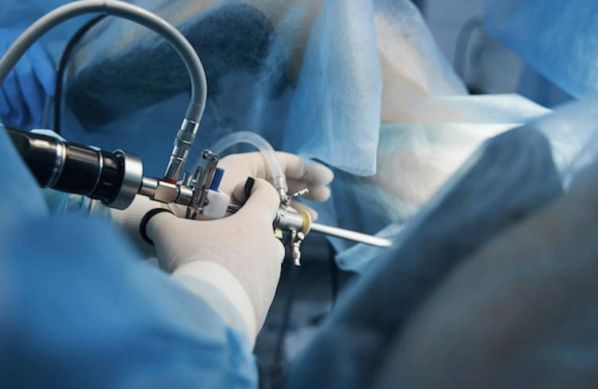
Laparoscopy and hysteroscopy are minimally invasive surgical procedures used to diagnose and treat various gynecological conditions. Both techniques allow healthcare providers to visualize the internal reproductive organs using specialized instruments, offering significant advantages over traditional open surgery. While laparoscopy focuses on the abdominal and pelvic cavities, hysteroscopy is used specifically for the examination of the uterus. Here are some key aspects of laparoscopy and hysteroscopy:
Indications for Laparoscopy and Hysteroscopy: Laparoscopy is commonly used for conditions such as endometriosis, ovarian cysts, pelvic pain, and ectopic pregnancy. It allows surgeons to perform procedures like adhesiolysis (removal of scar tissue), ovarian cystectomy, and tubal ligation. Hysteroscopy is primarily employed for uterine conditions, including fibroids, polyps, and abnormal bleeding, and can be used for procedures like endometrial biopsy, polypectomy, and myomectomy.
Diagnostic Procedure: Both laparoscopy and hysteroscopy begin with a diagnostic phase. In laparoscopy, a laparoscope is inserted through small incisions in the abdomen, allowing the surgeon to visualize the pelvic organs on a monitor. Hysteroscopy involves inserting a hysteroscope through the cervix into the uterus, providing direct visualization of the uterine cavity. Diagnostic imaging may be combined with these procedures to enhance visualization and assessment.
Surgical Techniques: If abnormalities are identified during the diagnostic phase, therapeutic interventions can be performed simultaneously. In laparoscopy, instruments are introduced through the incisions to treat conditions such as removing cysts or lesions, cauterizing endometrial tissue, or addressing adhesions. Hysteroscopy allows for the removal of fibroids or polyps, and can also involve endometrial ablation to treat heavy menstrual bleeding.
Benefits of Minimally Invasive Surgery: Both laparoscopic and hysteroscopic procedures offer numerous advantages, including smaller incisions, reduced postoperative pain, shorter hospital stays, and quicker recovery times. Patients often experience less scarring and a lower risk of complications compared to traditional open surgeries. These techniques enable more precise interventions with minimal disruption to surrounding tissues.
Preoperative Assessment and Counseling: Before undergoing laparoscopy or hysteroscopy, patients undergo a thorough preoperative evaluation, which may include physical examinations, imaging studies, and laboratory tests. Healthcare providers explain the procedures, discuss potential risks and benefits, and address any concerns. This preparation helps patients make informed decisions regarding their treatment.
Anesthesia and Pain Management: Both procedures are typically performed under general anesthesia, ensuring the patient is comfortable and unaware during the surgery. Pain management strategies are implemented postoperatively to minimize discomfort. Due to the minimally invasive nature of these procedures, patients often report less pain than with traditional surgeries.
Recovery and Postoperative Care: Recovery from laparoscopy and hysteroscopy is usually rapid. Most patients can return home within a few hours after the procedure and resume normal activities within a few days. Postoperative care includes instructions on wound care, activity restrictions, and signs of complications to monitor for during recovery.
Complications and Risks: While laparoscopy and hysteroscopy are generally safe, there are potential risks associated with any surgical procedure. Complications may include infection, bleeding, or injury to surrounding organs. Healthcare providers take precautions to minimize these risks and ensure safe procedures.
Monitoring: After laparoscopy or hysteroscopy, follow-up appointments are scheduled to assess recovery and address any ongoing symptoms or concerns. Depending on the findings during the procedures, additional treatments or monitoring may be necessary to manage the underlying conditions.
Laparoscopy and hysteroscopy are invaluable tools in modern gynaecology care, providing effective diagnostic and therapeutic options with minimal invasiveness. By enabling precise visualization and intervention, these procedures help women manage a variety of reproductive health issues while promoting quicker recovery and improved quality of life.
Dr. Ravneet Kaur Offers a comprehensive range of obstetrics and gynaecology treatments, utilizing advanced techniques and personalized care to support patients on their journey to reproductive health and wellness.
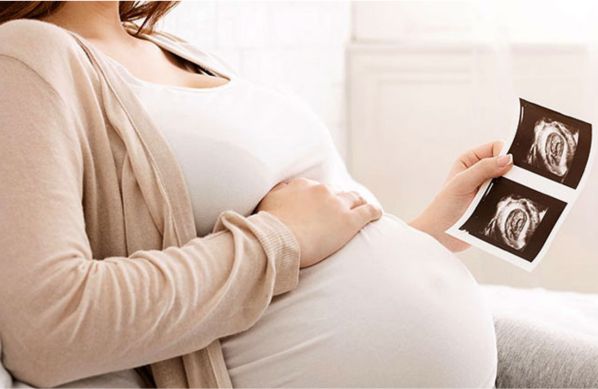
High-risk pregnancy care refers to specialized medical services aimed at monitoring and managing pregnancies with increased risks due to various factors.

Painless delivery, also known as epidural analgesia, refers to the use of pain relief methods during labor to help women manage the discomfort of childbirth.
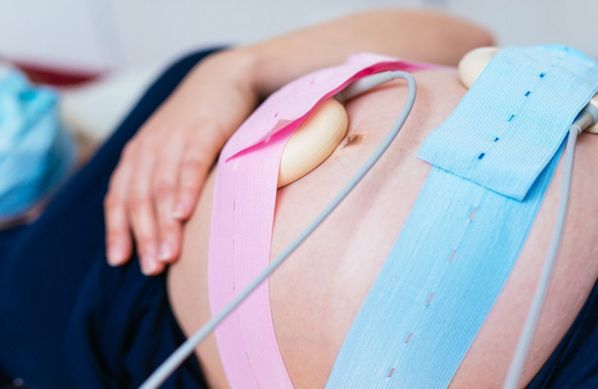
Intrapartum fetal monitoring, commonly referred to as Toco-Cardio Graphy (CTG), is a crucial method used during labor to assess the well-being of the fetus.
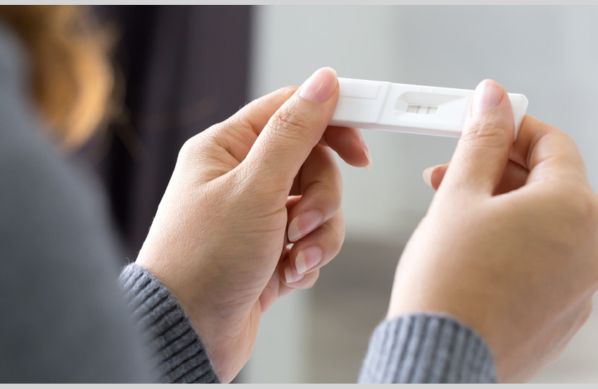
Recurrent pregnancy loss (RPL) refers to the occurrence of two or more consecutive miscarriages, and it affects a small percentage of women trying to conceive.

Menopausal treatment focuses on managing the symptoms and health risks associated with menopause, which marks the end of a woman's reproductive years.
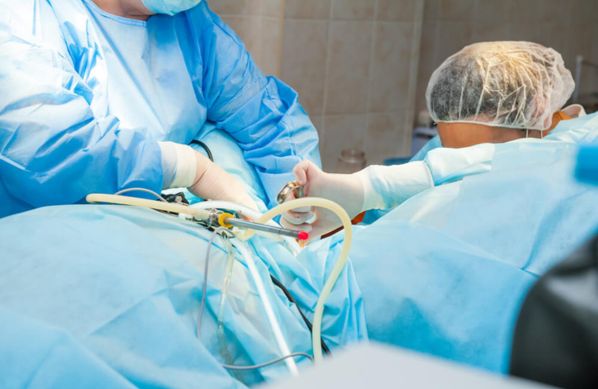
Laparoscopically Assisted Vaginal Hysterectomy (LAVH) is a minimally invasive surgical procedure used to remove the uterus.

Laparoscopy and hysteroscopy are minimally invasive surgical procedures used to diagnose and treat various gynaecology conditions.
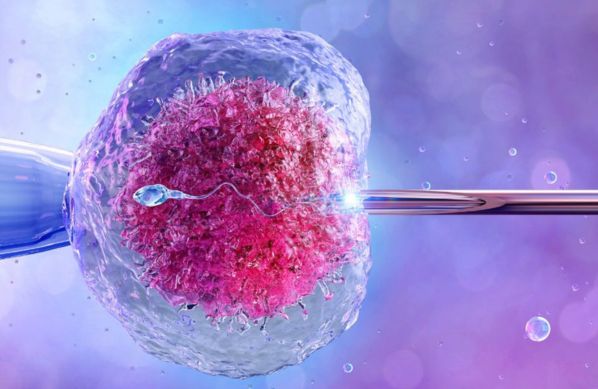
In Vitro Fertilization (IVF) is a sophisticated assisted reproductive technology (ART) that enables individuals or couples facing fertility challenges to conceive a child.
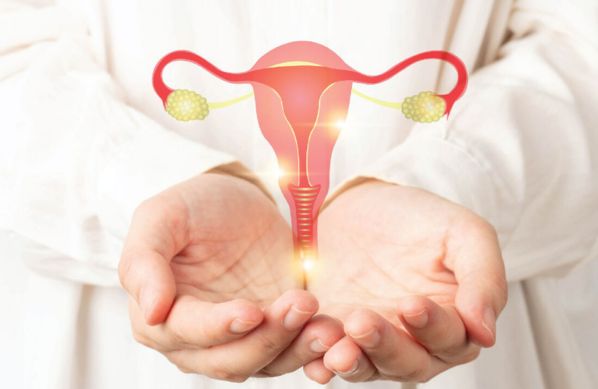
Intrauterine Insemination (IUI) is a widely used assisted reproductive technology (ART) that involves placing sperm directly into a woman’s uterus during her ovulation period.

Intracytoplasmic Sperm Injection (ICSI) is a specialized form of assisted reproductive technology (ART) used to address male infertility issues.

